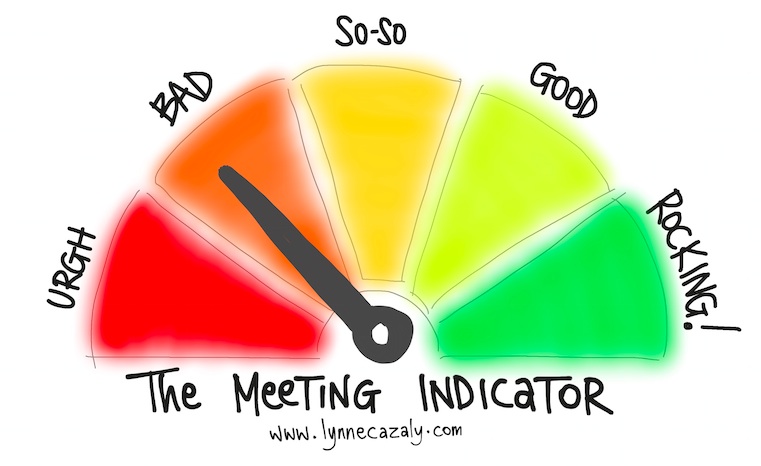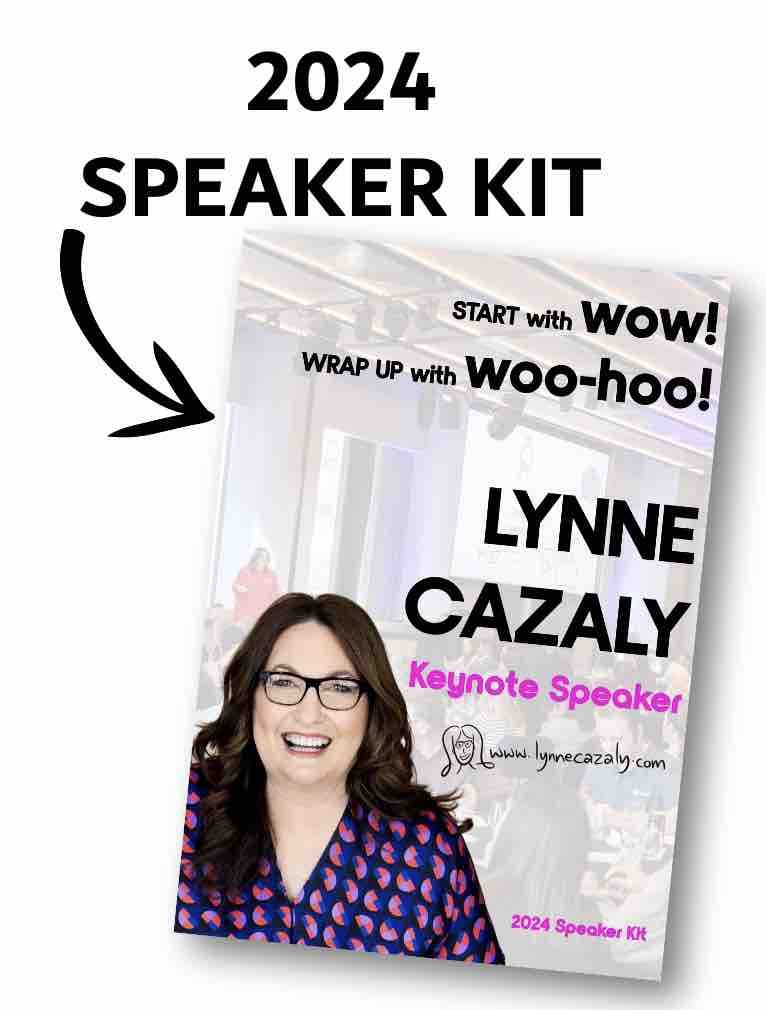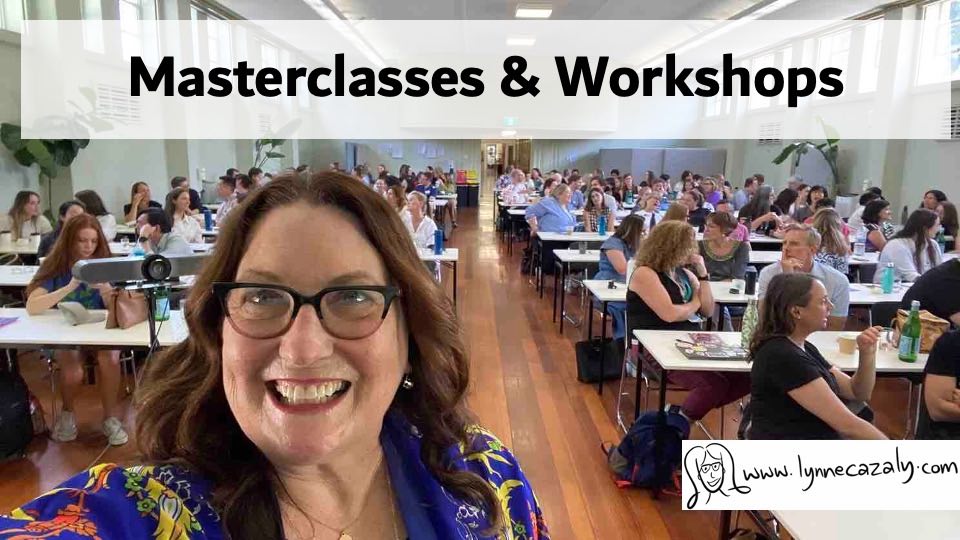The single reason for 'bad' meetings
 Tuesday, January 17, 2017 at 6:20PM
Tuesday, January 17, 2017 at 6:20PM  Bad meetings* get a bad rap - not to mention the rolling of eyes, the sighs and exclamations about the time that has been lost and will never be regained.
Bad meetings* get a bad rap - not to mention the rolling of eyes, the sighs and exclamations about the time that has been lost and will never be regained.
*Bad meetings meaning: none or few outcomes, dull, too much blah blah, off on tangents that aren’t about relevant, brainstorm sessions that fizzle, dead time and space where nothing is happening, going around in circles, only a few loud mouth contributors … you know the stuff...
There will always be articles and listicles on what to do to make a meeting better. Like how to have an agenda and set a time frame and warn people in advance ... and on it goes, a list of advice or actions that seem like they could have been unearthed from meetings in the 1960s!
But I wonder whether a few ‘do this’ points will fundamentally change the way meetings run at our place of work? Underpinning it all is the meeting culture. And that culture is quite deeply ingrained.
Michael Henderson in his work on Cultures at Work says:
Culture creates the environments, daily rituals and beliefs that connect your people, with your company.
Our culture has been created over time. We follow these rituals, behaviours and patterns often unknowingly and they may not have a documented history that we can pull the threads from.
We learn bad meeting behaviours by being in bad meetings.
Rituals, routines and ruts get followed because that's what we've seen and experienced. Making and suggesting changes from the seat of the attendee or participant can be tricky.
It probably won't all change on Monday morning with a tick box list or a tip of advice from how Steve Jobs ran his meetings (although some of his practices sound super clever or super scary - depending on how you like your meetings to go!)
With everything all agile and scrum and collaborative and co-design-y these days, there are newer and more effective (and creative) approaches to ensure you have as productive and successful a meeting as possible. After all, you spend a lot of time in them - both face to face or remotely online.
It’s in our interests to lead better meetings - for productivity, for engagement, for decision making, for inspiration, for collaboration.
Plus if you run a bad meeting, it could be a career limiter. Who wants to go to dull meetings that don’t achieve or decide anything? We don’t want to but every week there is likely to be some meeting or gathering that you sit (or stand through) that doesn't ring your bell, light your fire or flick your switch. Don’t get known as the dude or dudette or dudeley who runs a dud meeting that no one comes to.
So what makes meetings 'bad?
During a meeting, there is one thing alone that determines the success of that meeting. One thing.
It's the leader or facilitator of that meeting.
Yep. It’s them. Or if you're running the meeting…. errr, it's you. (This is said with love, not shame or guilt or criticism. It’s said with love and care.)
When a meeting is about to start and then when it gets underway, it's the leader of that meeting - the facilitator of that meeting - who is helping make that meeting good or not so good. Either the meeting will suck or it won’t. And I reckon it is on the facilitator of the meeting, the leader.
The #1 reason why bad meetings are bad? It’s because of bad meeting leadership. Let me be polite then: "poor meeting leadership". A meeting leader who could enhance their capability.
It’s about what the person - who is designated or appointed or volunteered as the facilitator of that meeting - does or doesn’t do that makes that meeting rock… or not.
Yes yes yes, it’s also about the people around the table who are contributing and it’s about the agenda and the location and the sandwiches and the Post-it notes... but it comes back to whether that leader has created the environment for a good meeting to take place.
Bad meetings are bad because the leader of the meeting didn’t use effective meeting facilitation skills. They did not use facilitation or ‘ease of progress’ skills … well enough.
Three bears
From the meetings I’ve been in, attended, spied on, coached leaders through and attended incognito doing research, the cause of the majority of problems that create bad meetings is because the leader:
- didn’t do something that was needed
- did too little or …
- did too much.
Did nothing when it was needed. Didn’t do quite enough, or did too much.
Oh wow, can you see how delicate this balance can be?
Don't do enough and it can go haywire. Yet do too much and it can feel like an interrogation or detention.
Too hands off or too hands on. Care less or control freak.
There’s somewhere in the middle where the leader is continually helping to create a brilliant environment for good work to be done.
Watch closely
- What happened in a good meeting?
- Why was it good?
- What didn’t happen that you think might have made it a little 'bad'?
The good stuff is the stuff to aspire to when it’s your turn to step into the role of facilitating and leading a meeting. Keep building your capability as a Leader as Facilitator.
















Reader Comments